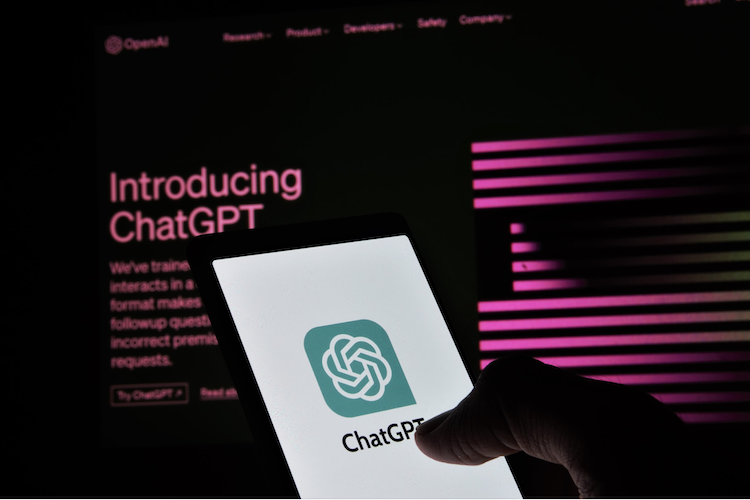A Roadmap for Generative AI in Insurance
Here are nine steps to take that maximize your chances of success in developing and deploying generative AI applications
Generative AI (GAI) is taking the world by storm. What one year ago was a technology few had heard of is now splashed across the front pages of newspapers, magazines and the evening news. Its potential for transforming work seems so huge that it is a key source of contention behind writer and actor strikes in the entertainment industry. As GAI moves through almost every other industry, more battles between management and workers are coming.
In the insurance industry, progress is already happening. Generative AI has found its way into applications at the most innovative firms, especially companies that supply insurance carriers and self-insureds with software services. At my firm, our newest products incorporate elements of GAI to assist claim adjusters in organizing medical and legal documents and mining them for actionable insights. While we are an early adopter/deployer of GAI, our discussions with carriers of all sizes indicate a significant and serious interest in discovering how it can transform underwriting, claims, customer service, and all other parts of the insurance value chain.
What should you do if you are a carrier or self-insured who wants to get on the GAI train before it leaves the station? Following are nine steps to take that maximize your chances of success in developing and deploying generative AI applications:
- Build a coalition of support – “It takes a village” is an overused phrase, but in the case of building and deploying generative AI applications, it’s very true. The time and resources required to succeed are significant, and much iterative experimentation is needed to create solutions that solve the problem at hand. GAI is certainly not “plug-and-play” technology right now. Leadership needs to support the effort with resources, time and patience.
- Partner with established players – You don’t have to start from scratch. Accelerate your adoption of generative AI capabilities with SaaS solutions that do the heavy IT lift for you. My firm has been safely and securely delivering AI-driven solutions for years and understands what it takes to drive value while being HIPAA and SOC2 compliant.
- Develop technical knowledge – You probably already have data science and MLOps teams if you are seriously exploring generative AI, so set goals for them to become skilled in GAI’s techniques. You may decide to outsource your development to external firms, but even if you do, your teams need to be conversant with them to absorb and learn more. And technical knowledge will be paramount if you decide to develop applications in-house. Incent your teams to learn, and give them the time and freedom to do it.
- Create a cross-functional team – When the time comes to get down to business, build project teams that comprise data scientists, data experts, business process and IT professionals, and most importantly, subject matter experts. Many failed AI initiatives can find the roots of their failure in the data scientists working behind closed doors to emerge with a solution that isn’t practical, doesn’t consider key constraints, and isn’t implementable in the company’s infrastructure. Get everyone involved, and give everyone a voice from the get-go.
- Select use cases – Selecting use cases to solve with any AI is half the battle. Resist the temptation to start working on the first use case proposed. And resist the temptation to begin work on the CEO’s chosen favorite. Include their ideas in the “hopper” and see if they make it through thorough feasibility analysis. This analysis should consider ROI and option value created if successful, odds of success, time-to-deployment, and availability of cross-functional bandwidth to complete their part of the project. Don’t be afraid to take big risks, but do so with wide-open eyes.
- Experiment quickly and broadly – Strive to have at least three GIA use cases worked on simultaneously. I am a big believer in building as broad a portfolio as possible. Put your use cases on a grid of “odds of success” and “magnitude of enterprise benefit.” Skew your selection process toward that form, the “efficient frontier,” concerning these two tradeoffs. Encourage your teams to use an agile approach to experimentation and development. Set realistic two-week goals and focus on achieving each.
- Celebrate success and learn from failure – Failures will happen, and they have lessons to teach. Do the forensics on what happened before things failed. What decisions would be made differently in the future? Codify this knowledge in the project materials and records. Celebrate successes, too, even small ones. Major milestones in development, deployment and use are obvious choices. Team morale and recognition from sponsors will be yours once milestones are surpassed.
- Monitor, measure, maintain – Your initiative doesn’t end when deployed! Monitor the performance of the AI and its delivery to end users from the start. Evaluate your progress against predetermined operational goals. Measure your success. After enough time has passed, you should start to see differences in the metrics used to calculate ROI and that these differences and improvements continue to grow. Certainly, maintain your AI and the supporting processes that consume it. Things break, and models get old as data changes. Assure that resources for monitoring, measuring and maintaining are built into your project budget.
- Broaden the footprint – Leverage your successes to broaden the footprint of generative AI throughout your organization. The technology is evolving quickly, and the potential applications in insurance are likely to expand greatly. Make sure that you have the resources to broaden the footprint. When your generative AI projects succeed, you will become the most sought-after resource in your company.
I firmly believe that we are at an inflection point in the economy’s development and that generative artificial intelligence is the major cause of it. There will be players who will overhype and then fall short of lofty goals, but this AI revolution is real. The computing bandwidth available to create large language models and the many ways data scientists are experimenting with GAI techniques assure me that it is here to stay and thrive. With this article, I’ve given you a solid roadmap to success. Good luck!
As previously published on Insurance Innovation Reporter
Learn more about our suite of award-winning Augmented Intelligence products>>>




